
The Stearman LT-1 was a late 1920s American biplane, carrying four passengers plus mail.
The Solar MS-1 was an American prototype all-metal sesquiplane airliner built in 1930.

The Burnelli CB-16, also known as the Uppercu-Burnelli CB-300, was a passenger aircraft designed by the American company Burnelli in 1928. It was the first twin-engined aircraft to have retractable landing gear and the first to maintain altitude on only one out of two engines. Only one was built.
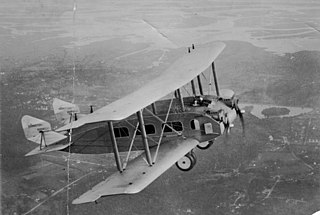
The Burnelli RB-1 was a US twin engine biplane airliner prototype from 1920, incorporating a lifting body fuselage.

The Christavia Mk IV (Christ-in-Aviation) is a Canadian homebuilt aircraft that was designed by Ron Mason and produced by Elmwood Aviation of Frankford, Ontario. The aircraft is supplied in the form of plans for amateur construction.
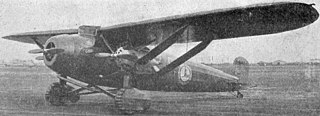
The Emsco B-2 Challenger was a US three-engined, six passenger aircraft flown in 1929. Only two were built and they were quite soon converted into two different Emsco types, one with one engine and the other with two.
The Brown 1926 parasol monoplane was a 1920s US, three seat, parasol wing civil aircraft developed from a biplane wartime scout. It was intended for either the private or commercial passenger markets, though one was used as a crop-duster.

The 1927 Kirkham-Wiliams X or Kirkham-Williams Racer was designed as a private US contender for the 1927 Schneider Trophy. Though it flew just before the contest, it was still under development and was withdrawn. Soon after it was modified into a landplane, seeking to set a new speed record. Some high speed flights were made but no official record was set.
The Yackey Monoplane was an American three seat parasol monoplane flown in the late 1920s. Two prototypes had some success in the 1927 New York - Spokane National Air Derby and orders were placed but a crash killed its designer and ended production.
The Simplex Red Arrow was a US single-engined monoplane produced in the late 1920s and early 1930s and intended as club machine or mail transport. Most used radial engines in the 90–110 hp (67–82 kW) range. They carried one or two passengers whose seats could be open or enclosed. One variant, the Red Arrow Dual Plane, was easily converted from monoplane to biplane and was available with two versions of the much more powerful Wright Whirlwind engines. In all about 20 were built.

The 1929 Curtiss Model 53 Condor, also known as the Curtiss Model 53 Condor 18 or the Curtiss CO Condor, was a civil passenger version of the Model 52 Condor bomber. A twin-engined biplane, it carried 18 passengers.
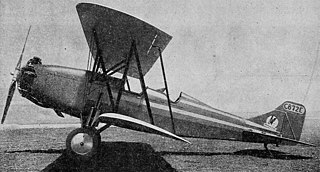
The American Eagle Phaeton was an American three seat, single engine sports biplane produced from 1929 until American Eagle failed financially in 1932. About 34 were built.
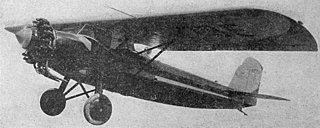
The Moreland M-1 was a 1929 U.S. three seat civil aircraft. Only four were built.
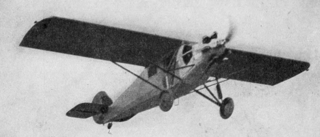
The Neilson NC-1 Golden Bear, aka Neilson Coach was an American, three-place, high wing cabin aircraft, flown in 1929. It did not go into production.

The Wallace Touroplane was a late 1920s U.S. three seat, high wing cabin monoplane. About 20 were built.
The Hodkinson HT-1 was a U.S., eight place, three-engined sesquiplane, first flown in 1929. Despite an order for five, only one had been completed before Hodkinson Aircraft went bankrupt near the start of the Great Depression. It operated in Guatemala for several years.

The Zenith Albatross Z-12 was a large, three-engined airliner built in the United States in 1928. It could carry up to 11 passengers. Only one was completed.

The Zenith Z-6 is a single engine biplane U.S. airliner built in the late 1920s. Its cabin, in the fuselage immediately behind its radial engine, holds five or six passengers depending on engine power. It is flown from an open cockpit further aft. Nine were completed and one has been restored to flight.
The Nicholson Junior KN-2 was a low power, high wing, two seat, cabin monoplane intended for sport or flight training in the United States in the late 1920s. Only one was built.
The Waterman Flex-Wing was a four seat cabin aircraft designed to be easy for non-expert pilots to fly. Its principle safety features were based on a hinged wing providing controllable and interconnected dihedral and incidence. Two were built but the absence of funding in the difficult trading conditions of the Great Depression ended the project.














